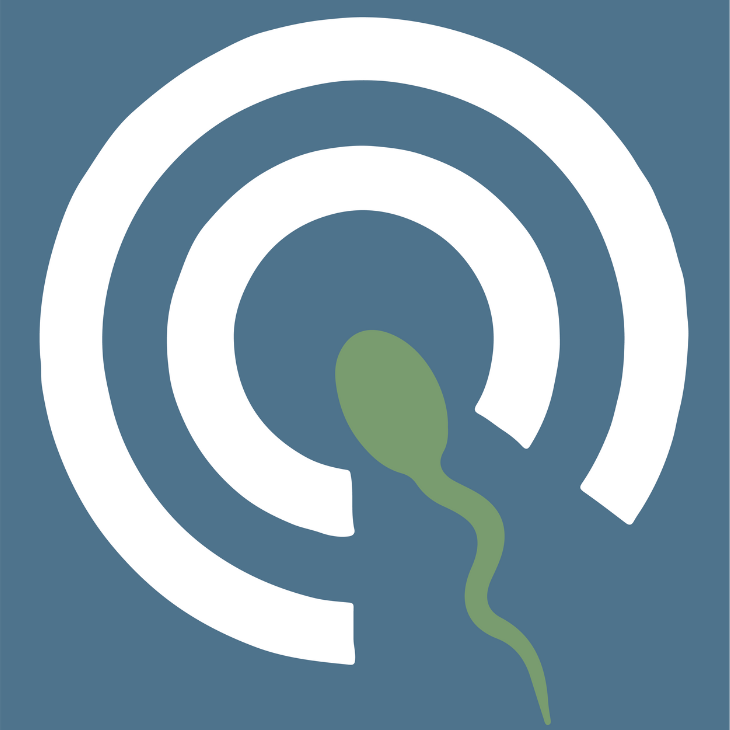Dilation and Curettage (D&C)
This fact sheet was developed in collaboration with The Society of Reproductive Surgeons.
“Dilation and curettage” (D&C) is a short surgical procedure that removes tissue from your uterus (womb). You may need this procedure if you have unexplained or abnormal bleeding or if you have delivered a baby and placental tissue remains in your womb. D&C also is performed to remove pregnancy tissue remaining from a miscarriage or an abortion.
Your doctor may want to look inside your uterus by inserting a special device called a hysteroscope, which is attached to a camera. A hysteroscope will allow your doctor to see a magnified view of the inside of the uterus. This is especially important if the D&C is done when you are not pregnant to diagnose a cause for abnormal bleeding.
Uterine perforation is when a hole is accidentally made in the uterus by a surgical instrument. Though rare, this is most likely to happen if you have a D&C to control bleeding after you’ve delivered a baby. The doctor usually will know right away if the uterus has been perforated. Occasionally, a uterine perforation is suspected but not always obvious at the time of the D&C, and then you may need additional surgery to look inside the lower belly.
Either a lighted telescope or an open incision is placed in your belly to see if the organs around your uterus, such as intestines, bladder, or blood vessels, are injured. If any of these organs are injured, they must be repaired with surgery. However, if no other organs have been injured, long-term complications from a perforation are extremely rare, and the uterus heals on its own.
Infections can occur after a D&C. If you are not pregnant at the time of your D&C, this complication is extremely rare. However, 10% of women who were pregnant before their D&C can get an infection, usually within 1 week of the procedure. It may be related to a sexually transmitted infection or due to normal bacteria that pass from the vagina into the uterus during or after the procedure. Symptoms often include vaginal discharge, uterine cramping and pain, and fever. These symptoms require immediate attention from a healthcare professional and treatment. These infections usually do not result in long-term complications if treated right away. However, in some cases, the infection may scar the uterus, fallopian tubes, or ovaries, which may make it difficult to become pregnant in the future.
Scar tissue formation in the uterus is an uncommon complication in women who have had a D&C. This is referred to as Asherman syndrome. You are at greater risk of scar tissue formation when a D&C is performed after a miscarriage or after/during pregnancy. Using a sharp instrument to remove tissue rather than suction also increases the chances of scar tissue formation. The most common symptoms are very light or missed periods.
Uterine scar tissue can cause difficulty becoming pregnant or repeated miscarriages. To treat this condition scar tissue is surgically removed with a hysteroscope inserted through the vagina and cervix in order to view the inside of your uterus. Again, hysteroscopy at the time of D&C can be useful so that your doctor can see directly inside the uterus before removing tissue.
Other rare complications of a D&C include tears in the cervix, uterine bleeding, and reactions to anesthesia. These complications usually occur at the time of surgery.
How is the procedure done?
D&C can be done in a doctor’s office or in the hospital. You may be given medications to relax you or to put you to sleep for a short time. Your doctor will slowly widen the opening to your uterus (cervix). Opening your cervix can cause cramping. If this procedure is performed in the doctor’s office, you will receive medications that numb your cervix and make it easier to open. After dilating (opening) the cervix, tissue from inside the uterus is removed with a scraping instrument known as a curette, a suction tube, or other specialized instruments.Your doctor may want to look inside your uterus by inserting a special device called a hysteroscope, which is attached to a camera. A hysteroscope will allow your doctor to see a magnified view of the inside of the uterus. This is especially important if the D&C is done when you are not pregnant to diagnose a cause for abnormal bleeding.
Is D&C safe?
Most of the time, D&C is safe. Occasionally, complications do occur during or right after surgery. Sometimes, complications will not be discovered until long after the procedure. The possible complications include:Uterine perforation is when a hole is accidentally made in the uterus by a surgical instrument. Though rare, this is most likely to happen if you have a D&C to control bleeding after you’ve delivered a baby. The doctor usually will know right away if the uterus has been perforated. Occasionally, a uterine perforation is suspected but not always obvious at the time of the D&C, and then you may need additional surgery to look inside the lower belly.
Either a lighted telescope or an open incision is placed in your belly to see if the organs around your uterus, such as intestines, bladder, or blood vessels, are injured. If any of these organs are injured, they must be repaired with surgery. However, if no other organs have been injured, long-term complications from a perforation are extremely rare, and the uterus heals on its own.
Infections can occur after a D&C. If you are not pregnant at the time of your D&C, this complication is extremely rare. However, 10% of women who were pregnant before their D&C can get an infection, usually within 1 week of the procedure. It may be related to a sexually transmitted infection or due to normal bacteria that pass from the vagina into the uterus during or after the procedure. Symptoms often include vaginal discharge, uterine cramping and pain, and fever. These symptoms require immediate attention from a healthcare professional and treatment. These infections usually do not result in long-term complications if treated right away. However, in some cases, the infection may scar the uterus, fallopian tubes, or ovaries, which may make it difficult to become pregnant in the future.
Scar tissue formation in the uterus is an uncommon complication in women who have had a D&C. This is referred to as Asherman syndrome. You are at greater risk of scar tissue formation when a D&C is performed after a miscarriage or after/during pregnancy. Using a sharp instrument to remove tissue rather than suction also increases the chances of scar tissue formation. The most common symptoms are very light or missed periods.
Uterine scar tissue can cause difficulty becoming pregnant or repeated miscarriages. To treat this condition scar tissue is surgically removed with a hysteroscope inserted through the vagina and cervix in order to view the inside of your uterus. Again, hysteroscopy at the time of D&C can be useful so that your doctor can see directly inside the uterus before removing tissue.
Other rare complications of a D&C include tears in the cervix, uterine bleeding, and reactions to anesthesia. These complications usually occur at the time of surgery.
Fact Sheets/Booklets
View more fact sheets and booklets written by the ASRM Patient Education Committee.
Assisted Reproductive Technologies (booklet)
This booklet will help you understand in vitro fertilization (IVF) and other assisted reproductive technology (ART) that have become accepted medical treatments for infertility.
Hormonal Contraception
Hormonal contraceptives contain a progestin (progesterone medicine) with or without an estrogen.
What do I need to know about Zika virus and trying to have a baby?
Common symptoms include fever, rash, joint pain, conjunctivitis (red eyes), muscle pain, and headache.
Third-Party Reproduction
The phrase “third-party reproduction” refers to involving someone other than the individual or couple that plans to raise the child (intended parent[s]) in the process of reproduction.Surgery (reproductive)
Find a Health Professional
Connect with reproductive medicine experts who will guide you through your unique journey. Our search tool allows personalized matches based on location, specialization, and expertise. Take control of your reproductive health with compassionate providers, innovative treatments, and unwavering support.
Search for an Expert











